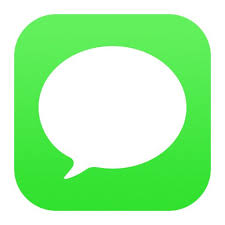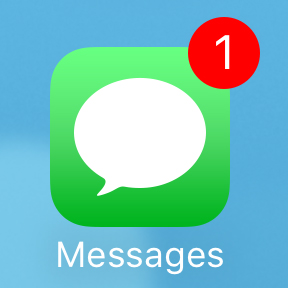

The history of messaging apps began with early forms of instant communication like the 1992 SMS text message and the 1996 launch of ICQ, the first widely used instant messenger. It evolved through the 1990s and 2000s with services like MSN Messenger and Apple's iChat before the rise of the modern smartphone and the internet-based messaging apps like WhatsApp and Facebook Messenger in the 2010s, which offer features beyond basic text. Apple's own app was renamed "Messages" in 2009 to accommodate MMS, and later added the iMessage service in 2011, creating a distinct feature for Apple users. Early years and the rise of SMS and IM 1992: The first SMS (Short Message Service) text message was sent over the Vodafone GSM network. 1996: ICQ was launched as one of the first widely adopted instant messaging platforms. 1998: Yahoo! launched its own instant messenger. 1999: MSN entered the instant messaging market. 2002: Apple released iChat, an instant messaging client for its Mac OS X operating system. 2005: BlackBerry Messenger became a popular mobile-based instant messaging service. The evolution of mobile messaging 2009: Apple renamed its "Text" app to "Messages" after adding support for MMS (multimedia messages) to its iPhone OS 3.0. 2011: Apple introduced iMessage, which uses the internet to send messages between Apple devices, distinguishing it from standard SMS. 2013: Chat apps surpassed SMS in message volume for the first time. 2010s: The decade saw the explosion of rich-feature messaging apps like WhatsApp and Facebook Messenger, which moved communication from cellular networks to internet-based services. Modern apps and features 2015: WhatsApp was already handling 30 billion messages per day. 2021: Google began its efforts to unify its messaging services under Google Chat and RCS, while also rolling out UI updates to its Google Messages app on Samsung devices. 2023: Google announced it would build end-to-end encryption into Google Messages and that the app would use RCS (Rich Communication Services) by default. The history of messaging apps is marked by a progression from basic text-based communication on cell phones to the feature-rich, internet-based platforms that are central to modern digital communication.
